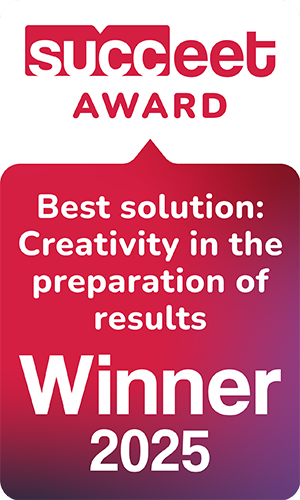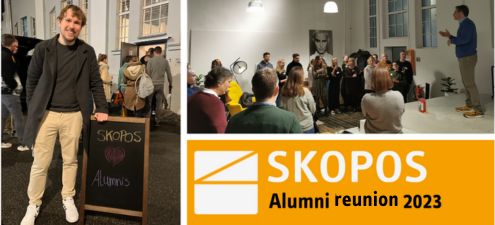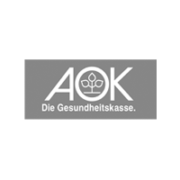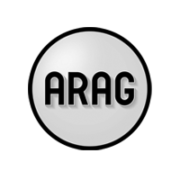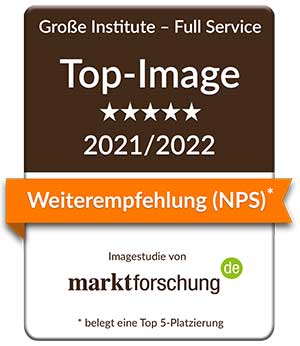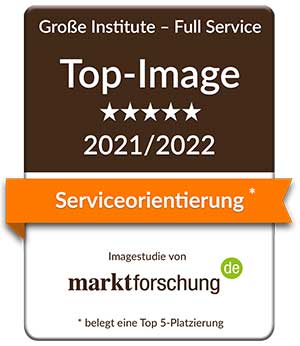Full commitment: Our wide range of methods in market research and market analysis not only supports you in the conception, but also accompanies you in the in-depth analysis and implementation of customized solutions for your concerns.
Market & Target Group
To be successful in the market, you need to understand it and its stakeholders. With the help of market analyses, we provide the required insights into market structures, needs and target groups. So, you don’t just react, but actively shape the market of tomorrow.
Example solutions
Product & Price
New ideas for products and services are created every day – but which ones can truly inspire? Which features differentiate from the competition and what is the customer willing to pay for? We help to find the right answers nd will not let you develop past the market trends.
Example solutions
Communication
The squeaky wheel gets the grease? It’s not quite that simple. In addition to the frequency and channel of your communication, the message is crucial. Check the impact of your campaigns, advertising materials and slogans with our market research – before, during and after the launch.
Example solutions
Brand
A strong brand is the heart of a company. It offers orientation, it differentiates, it creates a sense of connection. Therefore, it should always be maintained and evaluated. We offer contemporary approaches in market research so that you can always keep an eye on the awareness and image of your brand.
Example solutions
and many more
SKOPOS offers a variety of tools and methods developed for a wide range of issues – whether qualitative, quantitative or a combination of both. What all these solutions have in common: they combine established standards with flexibility, efficient processes with our passion for customized consulting. See for yourself.
Example solutions
SKOPOS News: What’s new at SKOPOS?
Link to: Customer surveys as a driver for the used car market
Drive to insights
Customer surveys as a driver for the used car market
Lukas Nosber
Senior Sales & Account Manager
We are only one click away
You need support or have questions?
We are happy to help you!
A selection of our customers
Hear it directly from our clients
It’s wonderful that our customers see it that way
What is more valuable than the opinion of our customers when it comes to evaluating our performance? Nothing. We are even more pleased about these results, which once again prove that you always make the right choice with SKOPOS.
Stay up to date & subscribe to our newsletter
Are you interested in new research approaches, exciting use cases and current trends in market research? Then sign up here for our newsletter and don’t miss any news from the SKOPOS world.
SKOPOS in figures
400
customers
177
Employees
1500
Survey participants
3
Locations

